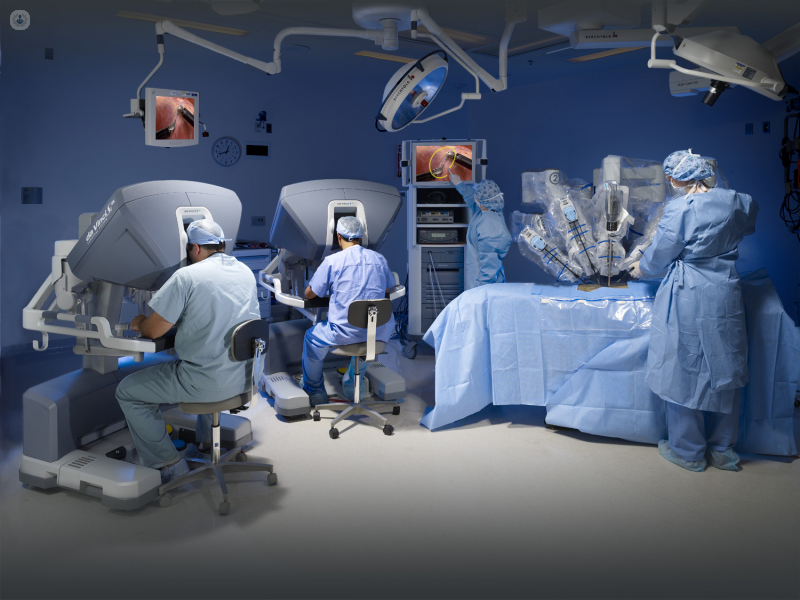Latest developments in spinal surgery
Written by:Spinal surgery has come a long way. Recent advances have reduced the risk of complications, improved the success rate of operations, and have reduced the duration of procedures.

The development of preventive measures before, during and after surgery have significantly improved the safety of this type of operation. Minimally invasive techniques have also reduced the aggressiveness of operations, making the recovery much faster. It is a technique that requires greater surgical knowledge.
Robotic surgery
Virtual reality technology combined with robotics allow surgeons to perform procedures which were previously impossible. Surgical robots can be of two types:
• Autonomous robot: has a program designed to perform a specific surgical technique.
• Controlled robot: they do not have autonomous movement capacity and depend on the surgeon. In this case, the surgeon determines instantaneously the manoeuvres that the robot executes in the patient from the "control centre". This method is more common in neurosurgery.
3D image-guided technology and navigation systems
3D imaging plays an important role in modern spinal surgery. It provides excellent support for delicate placement tasks and quality control, reducing the rate of second interventions. The use of navigation systems in combination with imaging equipment in spine surgery increases the precision of procedures, helping to increase success rates and reduce recovery time.


